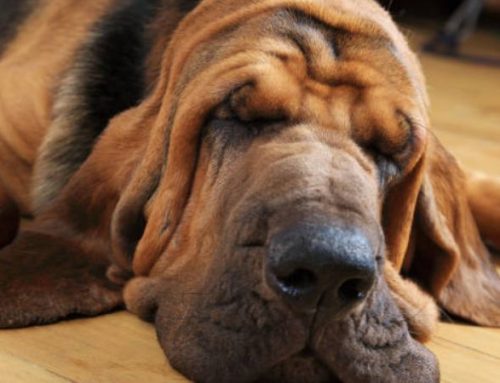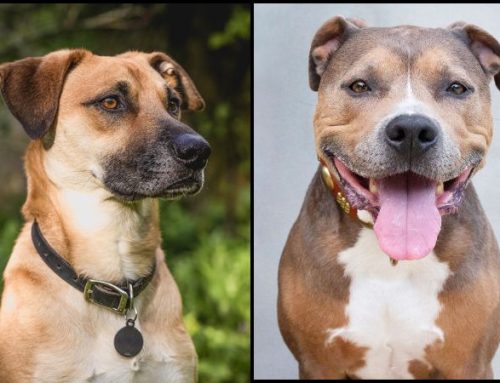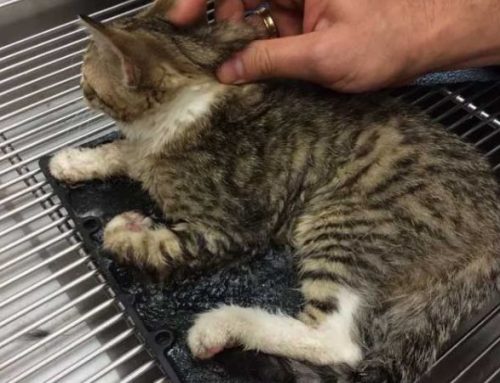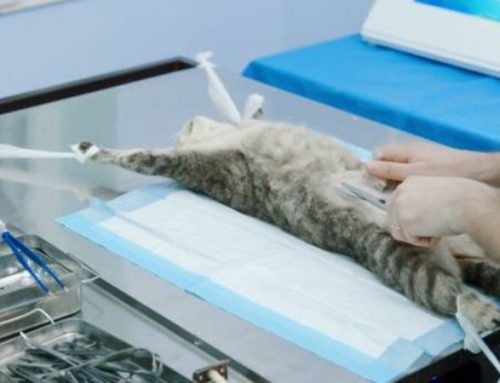When the weather gets hot, it’s tempting to think that shaving your dog is the best way to help them cool down. After all, less fur should mean less heat—right? Surprisingly, that’s not always the case. For many dogs, their coat plays an important role in regulating body temperature and protecting their skin. Shaving it off can do more harm than good. Before making the cut, it’s important to understand how your dog’s fur really works.

Why Shaving Can Backfire
Though it may seem like shaving a dog’s coat would help them stay cooler, the opposite is often true—especially for double-coated breeds. These dogs have two layers of fur: a dense undercoat that insulates and regulates temperature, and a topcoat that protects the skin from sun and debris. Shaving removes this natural system, exposing the skin directly to sunlight, which can actually increase the risk of sunburn and overheating rather than prevent it.
Furthermore, the insulating undercoat traps air, acting as a buffer against both heat and cold. Removing it eliminates that thermal protection, disrupting the dog’s ability to regulate its internal temperature. In the long term, shaving can also cause permanent coat damage. In many breeds, the hair may not grow back properly, leading to patchy, uneven regrowth or a dull, wiry texture. This compromises not only appearance but also the coat’s protective function. In short, shaving can do more harm than good.
Expert Opinions
Veterinary and grooming professionals overwhelmingly advise against shaving double-coated dogs as a method to keep them cool. According to experts, this practice often does more harm than good.
- Veterinarians warn that shaving can interfere with a dog’s natural ability to regulate body temperature. The double coat acts as insulation, protecting against both heat and cold by trapping a layer of air close to the body. Removing it can leave dogs more vulnerable to overheating, sunburn, and skin irritation.
- The American Kennel Club (AKC) states:
“Shaving a double-coated dog can permanently damage the coat and disrupt the dog’s natural cooling system. The undercoat will grow back faster and thicker, often leading to a patchy, uneven coat that no longer functions properly.”
Professional groomers echo this advice. Many note that while trimming and regular deshedding can help manage seasonal shedding and matting, full shaving is rarely appropriate except in medical or extreme matting cases.
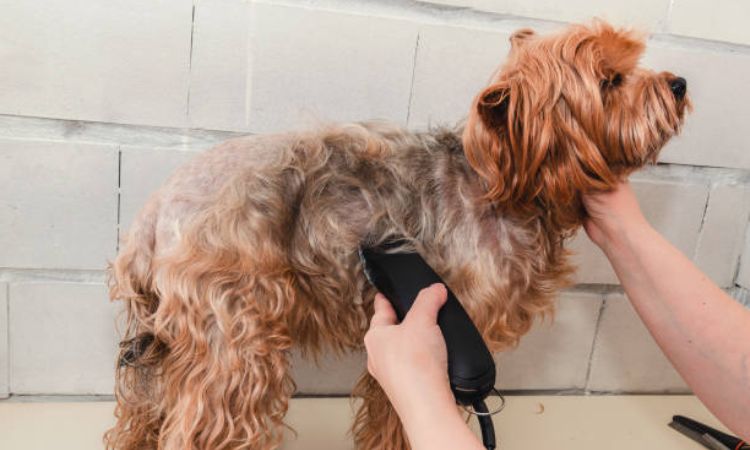
Alternatives to Shaving for Keeping Dogs Cool
- Regular brushing: Consistently brushing your dog helps remove dead undercoat fur, which can trap heat. This improves airflow through the coat and naturally aids in keeping your dog cooler without compromising their natural insulation.
- Provide ample shade and fresh water: Always ensure your dog has access to shady areas, especially when outdoors in hot weather. Keeping a plentiful supply of clean, cool water available encourages hydration, which is essential for regulating body temperature.
- Use cooling products safely: Cooling mats or fans designed for pets can offer additional relief from heat. However, these should complement—not replace—natural cooling methods like shade and hydration, and should be used carefully to avoid discomfort or stress.
- Limit activity during peak heat: Avoid vigorous exercise or long walks during the hottest parts of the day. Instead, schedule outdoor activities during cooler hours such as early morning or late evening to minimize the risk of overheating.
When Might Shaving Be Appropriate?
While shaving is generally not recommended for cooling purposes, there are specific situations where it may be necessary for your dog’s health or hygiene. For example, severe matting that cannot be safely removed by brushing, skin infections, or certain medical treatments may require shaving to allow proper cleaning, medication application, or healing.
In these cases, shaving can help prevent further discomfort or complications. However, it is crucial to consult with a veterinarian or a professional groomer before proceeding. They can assess your dog’s coat type, skin condition, and overall health to determine if shaving is appropriate and how to do it safely, minimizing any risks of skin damage, sunburn, or improper hair regrowth.
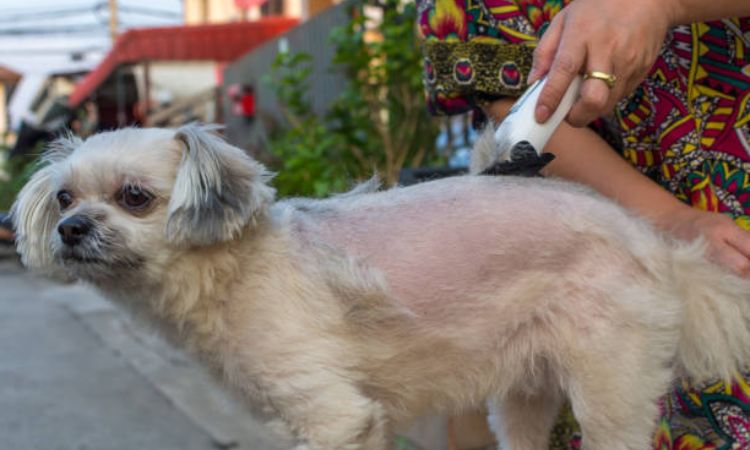
Risks of Shaving Pets
Shaving a pet’s coat can significantly increase their susceptibility to skin problems. Without their natural fur layer, pets are more prone to sunburn, skin irritations, cuts, and insect bites. The fur normally acts as a protective barrier against environmental hazards such as allergens, harsh UV rays, and pests. Removing this protection leaves the skin exposed and vulnerable to damage and infection.
Additionally, improper shaving techniques can cause injuries like nicks or scratches, which may lead to painful infections or slow healing.
Beyond physical risks, shaving can negatively impact your pet’s psychological well-being. Changes in coat texture or uneven regrowth often occur after shaving, sometimes resulting in patchy or abnormal hair growth. This alteration can affect your pet’s comfort and confidence, as their coat plays a role in their identity and overall well-being.
In the end, while it might seem intuitive, shaving your dog is generally not the best way to help them stay cool. Their fur acts as a natural insulator, protecting them from both heat and sunburn. Instead of reaching for the clippers, focus on providing shade, fresh water, and cool-down aids like a cooling mat or a kiddie pool. By understanding how your dog’s coat works, you can keep them comfortable and safe all summer long.


